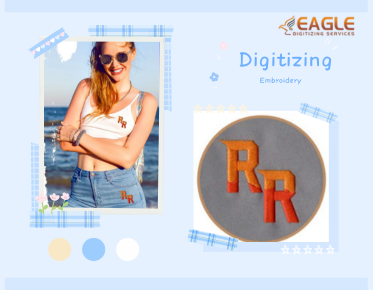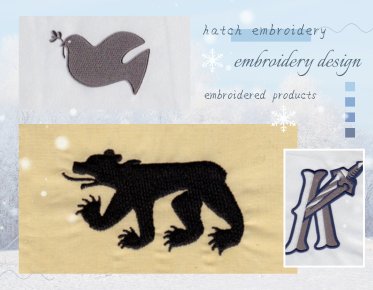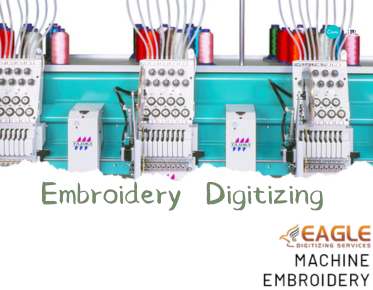How to Create Vector Art Suitable for Embroidery
Creating vector art suitable for embroidery is a meticulous process that involves converting artwork into a format that can be read by embroidery machines. This process, known as embroidery digitizing, is essential for ensuring that the final embroidered product is both accurate and aesthetically pleasing. Whether you're a professional embroiderer or a hobbyist, understanding the nuances of vector art creation for embroidery can significantly enhance the quality of your work.
Understanding Vector Art and Its Importance
Vector art is a type of digital graphic that uses mathematical equations to create images. Unlike raster images, which are made up of pixels, vector images are scalable without losing quality. This scalability is crucial in embroidery, where designs need to be resized to fit different garment sizes and shapes. The precision of vector art ensures that the embroidery machine can accurately replicate the design, maintaining the integrity of the original artwork.
Steps to Create Vector Art for Embroidery
1. Choose the Right Software
To create vector art, you need software that supports vector graphics. Popular choices include Adobe Illustrator, CorelDRAW, and Inkscape. These programs offer tools to create and manipulate vector paths, allowing you to design intricate patterns suitable for embroidery.
2. Start with a Clean Design
Begin by creating a clean and simple design. Avoid overly complex details that may not translate well into stitches. Keep in mind the limitations of embroidery machines, such as stitch density and thread thickness. A clean design will ensure a smoother digitizing process and a more polished final product.
3. Convert to Vector Format
Once your design is ready, convert it into a vector format. This involves tracing the design using vector paths. Most vector software provides tools to automatically trace bitmap images, but manual tracing often yields better results. Ensure that all elements of the design are closed paths, as open paths can cause issues during the digitizing process.
4. Simplify Colors
Embroidery machines have a limited color palette, so it's important to simplify your design's colors. Use a limited number of colors and ensure they are distinct. This will help in creating a more cohesive and visually appealing embroidered piece.
5. Prepare for Digitizing
Before digitizing, review your vector art to ensure it meets the requirements for embroidery. Check for any overlapping paths or unnecessary nodes that could complicate the digitizing process. Simplifying the design at this stage can save time and reduce errors during embroidery.
Digitizing Your Vector Art
Once your vector art is ready, the next step is to digitize it. This involves converting the vector design into a stitch file that an embroidery machine can read. Digitizing services are available to assist with this process, ensuring that your design is accurately translated into stitches.
Choosing a Digitizing Service
When selecting a digitizing service, consider factors such as turnaround time, cost, and customer reviews. Companies like Eagle Digitizing offer quick turnaround times and high-quality digitizing services, making them a popular choice among embroiderers. Their expertise in embroidery digitization ensures that your designs are executed with precision and care.
Testing and Final Adjustments
After digitizing, it's crucial to test the design on a sample fabric. This allows you to see how the design translates into stitches and make any necessary adjustments. Testing helps identify issues such as thread tension, stitch density, and color accuracy, ensuring that the final product meets your expectations.
Conclusion: Embracing the Art of Embroidery
Creating vector art suitable for embroidery is both an art and a science. It requires a keen eye for design, an understanding of vector graphics, and the technical skills to digitize and test the final product. As technology advances, the possibilities for embroidery continue to expand, offering new opportunities for creativity and innovation. Whether you're creating custom designs for clients or personal projects, mastering the art of vector creation and digitizing can elevate your embroidery to new heights.



